Homemade Vinegar and Baking Soda Soap
Introduction
Vinegar and baking soda: two kitchen staples that are surprisingly versatile, especially when it comes to cleaning! While you might not think of combining them to make soap, understanding how they react and what you can (and can’t!) achieve with them is key. We’ll explore the world of homemade “vinegar and baking soda soap” – looking at its potential uses (and limitations!), the science behind the fizz, and safer alternatives for your cleaning needs. Get ready to debunk myths and learn some real, effective cleaning techniques!

Main Body
The Fizzing Frenzy: What Happens When Vinegar Meets Baking Soda?
The first thing you’ll notice when you mix vinegar and baking soda is the bubbly reaction. This isn’t some super-cleaning power being unleashed, but rather a simple acid-base reaction. Vinegar (acetic acid) reacts with baking soda (sodium bicarbonate) to produce carbon dioxide gas (those bubbles!), water, and sodium acetate. While the fizzing is visually exciting, the resulting mixture is actually less effective as a cleaning agent than either ingredient is on its own in many cases. The reaction neutralizes both the acid (vinegar) and the base (baking soda).

So, Can You Really Make Soap with Vinegar and Baking Soda?
Technically, no. True soap is made through a process called saponification, which involves reacting fats or oils with a strong alkali like lye (sodium hydroxide or potassium hydroxide). Vinegar and baking soda don’t contain the necessary ingredients to undergo this process. What you end up with is essentially saltwater (sodium acetate dissolved in water with residual unreacted baking soda or vinegar depending on the ratios used) and some dissolved carbon dioxide. It might loosen some grime due to the agitation from the bubbles, but it lacks the surfactant properties of true soap, which are crucial for lifting and removing dirt and grease.

Potential (Limited!) Uses for a Vinegar and Baking Soda Mixture
Despite its limitations as a soap replacement, a vinegar and baking soda mixture can be useful for a few specific cleaning tasks:
- Drain Deodorizing: Pouring baking soda down a drain, followed by vinegar, and then flushing with hot water after the fizzing subsides can help to deodorize and loosen minor clogs.
- Gentle Scrubbing Paste: Mixing baking soda with a small amount of vinegar can create a paste that’s mildly abrasive. Be cautious using this on delicate surfaces.
- Toilet Bowl Freshening: Adding baking soda and then vinegar to a toilet bowl can help loosen stains and freshen the bowl.
Important Note: Never mix vinegar and baking soda in a sealed container, as the buildup of carbon dioxide gas can cause it to explode.

Why Vinegar and Baking Soda Alone Aren’t Always the Best Cleaning Choice
While vinegar and baking soda are often touted as natural cleaning solutions, it’s important to understand their limitations and potential drawbacks:
- Lack of Surfactants: As mentioned earlier, they don’t contain surfactants, which are essential for removing grease and oil.
- Neutralization: The reaction neutralizes their individual cleaning properties. Vinegar is a good disinfectant because of its acidity; baking soda is a gentle abrasive and deodorizer due to its alkalinity.
- Ineffective Against Some Germs: Vinegar isn’t a broad-spectrum disinfectant. While it can kill some germs, it’s not effective against all types of bacteria and viruses.

Safer and More Effective Natural Cleaning Alternatives
Instead of relying solely on vinegar and baking soda, consider these more effective and often safer natural cleaning options:
- Castile Soap: A versatile, plant-based soap that can be used for a wide range of cleaning tasks. Dilute it with water for general cleaning or use it full strength for tougher jobs.
- Borax (Sodium Borate): A natural mineral with cleaning, disinfecting, and deodorizing properties. Use it as a laundry booster or in homemade cleaning solutions. (Note: Some people are sensitive to borax, so wear gloves when using it.)
- Essential Oils: Add essential oils like tea tree, lavender, or lemon to your cleaning solutions for their antibacterial, antifungal, and fragrance properties.
- Hydrogen Peroxide: A powerful disinfectant and bleaching agent. Use it to clean cutting boards, toilets, and other surfaces. (Be careful not to mix it with vinegar in a closed container.)
The EPA’s Safer Choice program is a great resource for finding cleaning products that are safer for you and the environment.

Conclusion
While the vinegar and baking soda “soap” might be fun to watch fizz, it’s not a true soap and has limited cleaning effectiveness in most situations. Understanding the science behind the reaction and exploring other natural cleaning alternatives like castile soap, borax, and essential oils will give you a wider range of options for creating a clean and healthy home. So, experiment safely, do your research, and choose the cleaning methods that work best for you and your family!




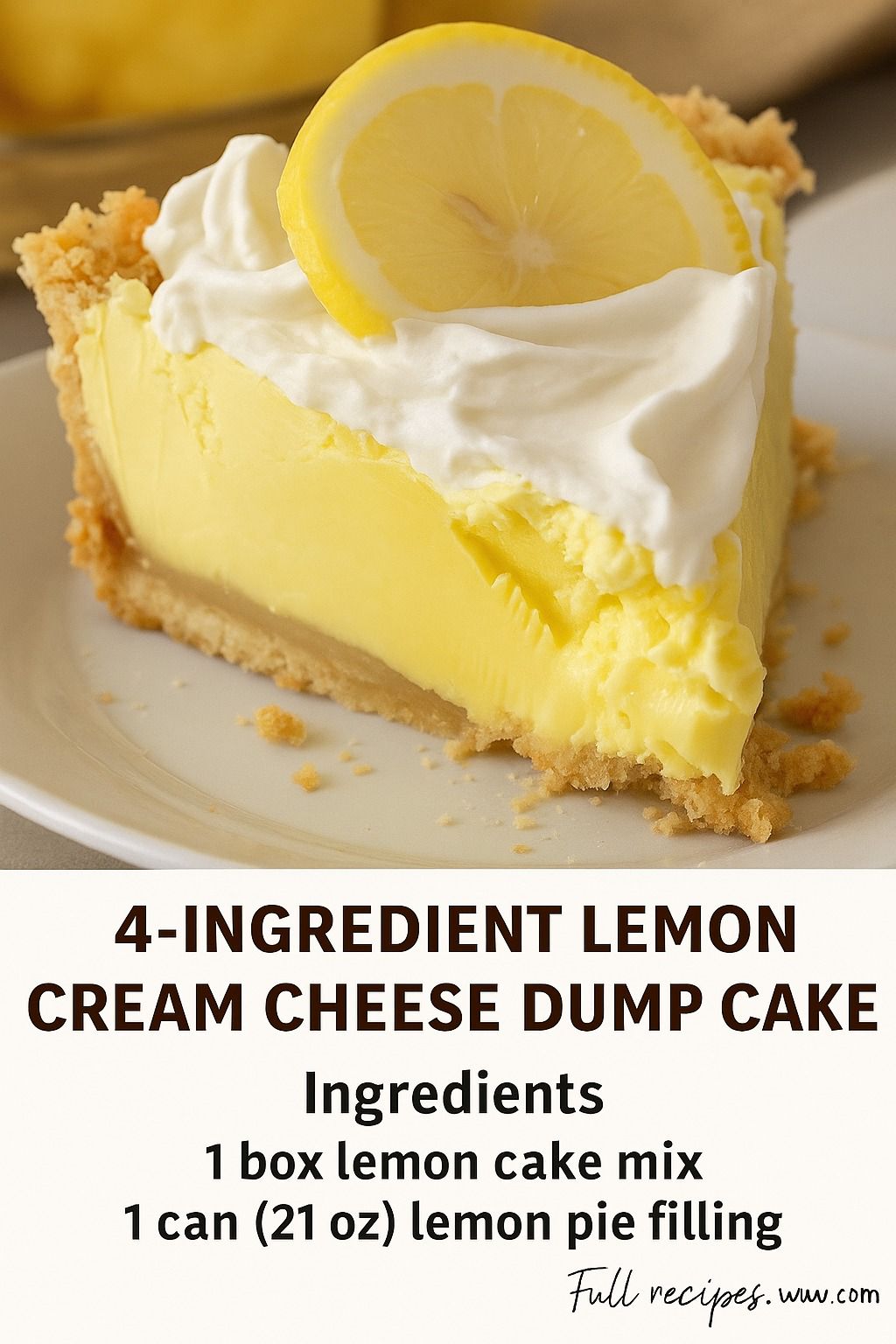


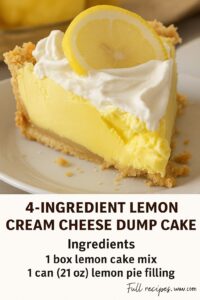
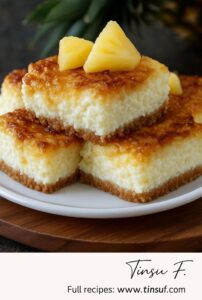
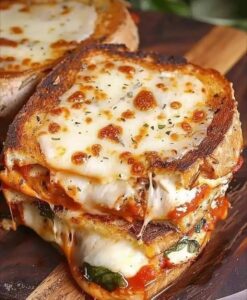

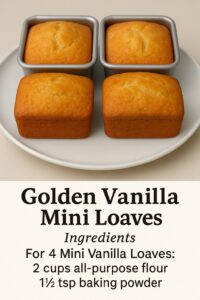

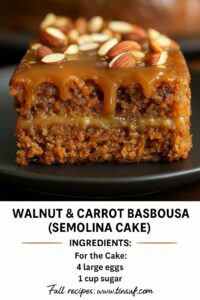
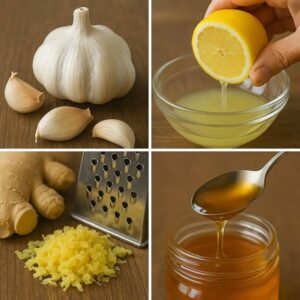
Post Comment